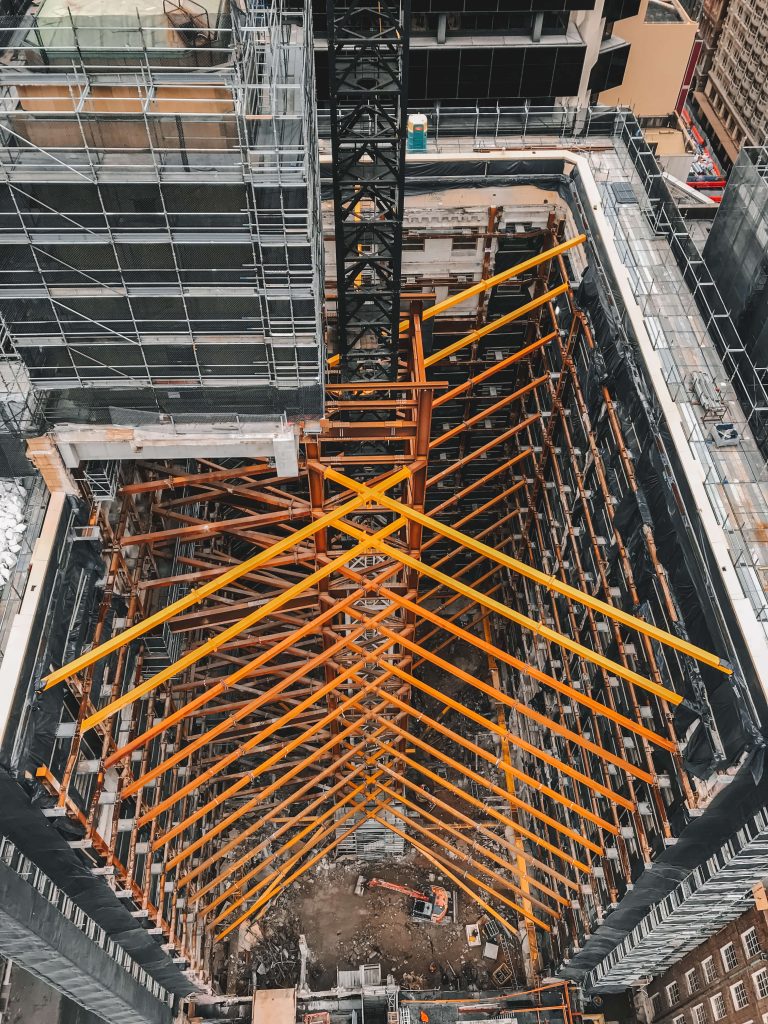Structural steel specialists, Belmore Engineering employ innovative and collaborative strategies to navigate Australia’s construction industry. Operating from Tamworth, Belmore partners with leading construction firms nationwide, demonstrating agility in managing evolving on-site situations. The company’s growth, under David Green’s leadership, has seen a shift from basic fabrication and fencing to customised structural steel fabrication for large-scale, high profile projects like the Western Sydney Airport and Shell House. Their innovative spirit and collaborative approach are highlighted by their Flash Starts Program, a partnership with the Regional Industry Education Program to nurture future industry talent.
Belmore Engineering is a structural steel specialist, with one of the largest steel fabrication workshop in northern New South Wales. Based in Tamworth, the business now covers all areas of New South Wales, collaborating with major construction companies on an array of structural steel projects locally, regionally, and interstate.
According to Allan Eunson, project manager, the secret to Belmore’s success is its adaptability: “We never look at challenges as roadblocks. We don’t throw up our hands in frustration. Instead, we see what we can do to help. Designs change, and situations on-site evolve. The ability to adapt sets us apart. We’re willing to go with it and do our best to make sure there is progress in the work we’re doing.”
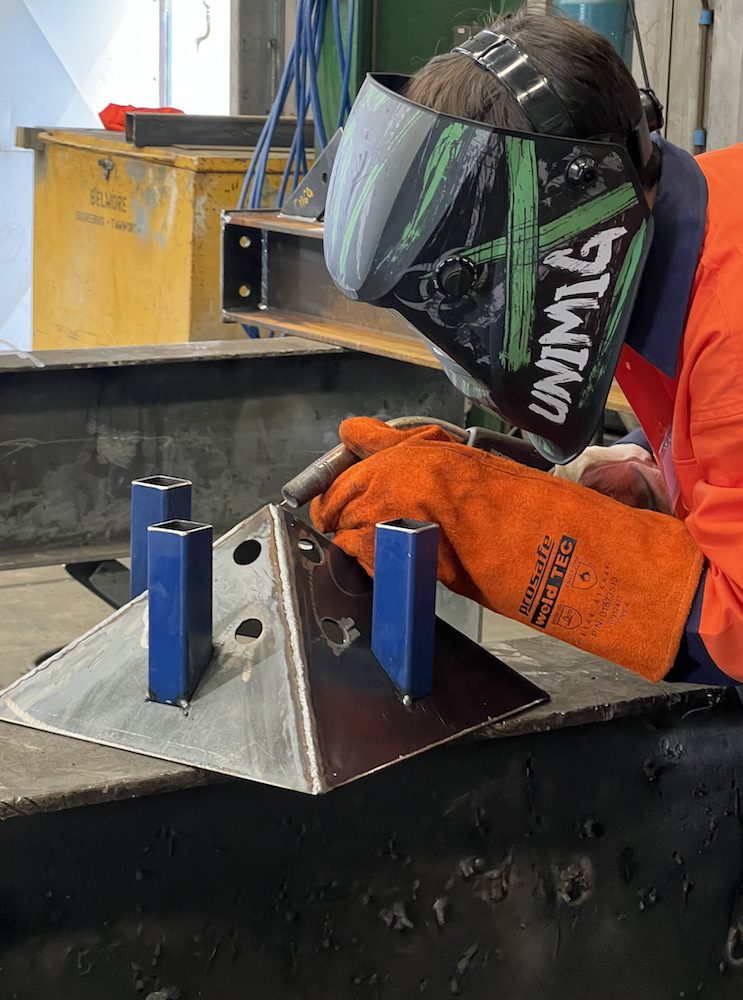
From farm shed to workshop
Having already moved out of the farm shed that was his first workshop, in 2004 company director, David Green, was again in search of a new site for the expanding business. David knew that the original Belmore company was up for sale, and was interested in their premises. Along with the site, he inherited the company name – and so Tamworth Balustrade and Fabrication became Belmore Engineering and the new company was born, with David as managing director.
Since then, Belmore Engineering has continued to expand and evolve its capabilities. Allan said, “From a basic fabrication and fencing company, we are now one of the largest structural steel fabricators in New South Wales – certainly regional New South Wales. The growth was predominantly driven by David and his drive for expansion.”
Moving away from balustrade and fencing, Belmore Engineering now focuses on structural steel fabrication – working with a broad range of clients to create custom made projects, with no two the same.
“We work across just about any type of construction project, whether its health, residential, industrial, or commercial. We’ve worked on everything from shopping centres and hospitals, through to sheds for local families,” Allan said.
Over the past decade the company has pivoted to working primarily with large tier one and two construction companies, as a strategic business decision. However, they still engage in smaller projects with clients that they’ve built a long-standing relationship with over the years.
“We’re ready to get in and do what needs to be done—to work with clients and get projects finished.”
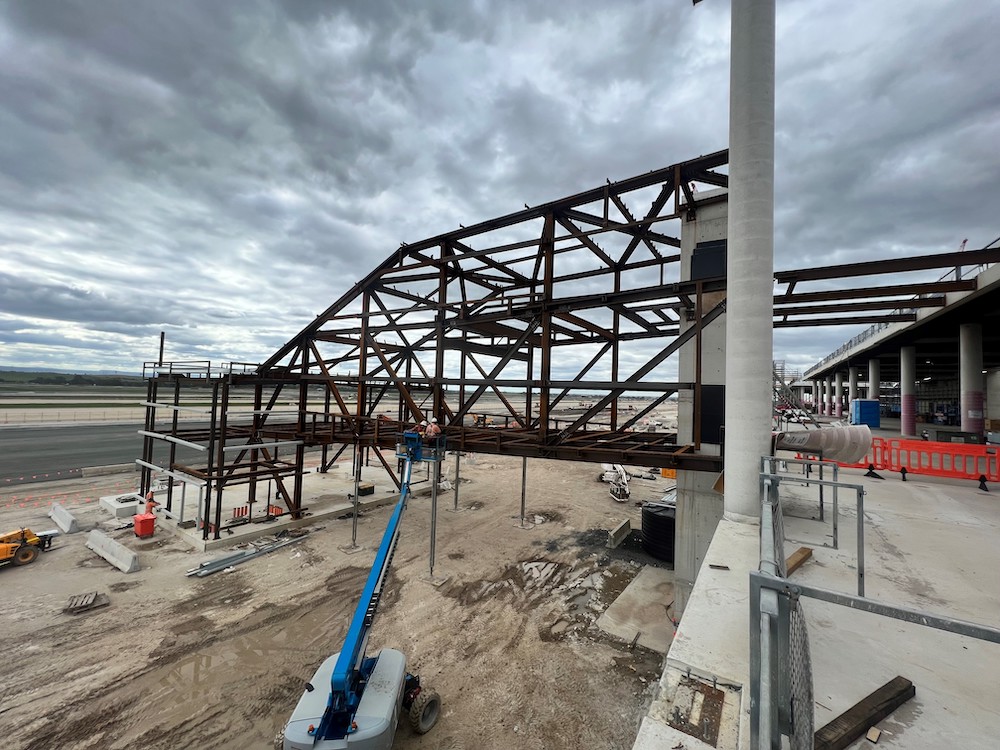
The Flash Starts Program
When the pandemic struck, Belmore Engineering suddenly found that they were struggling to find apprentices.
Emma Carrigan, administration and finance manager, said, “Throughout COVID, we didn’t have the work experience opportunities that we usually do. We were offering apprenticeships to anyone who walked in the door, whether they had an interest in fabrication or not—it was just a matter of first in best dressed. We also discovered that not all our local high schools offered metalwork as a subject. They often had one or two woodwork classes, but not metalwork.”
So they took an innovative approach, setting up a partnership with the Regional Industry Education Program (RIEP). An initiative of the New South Wales Government, RIEP designs and delivers bespoke opportunities for employers to connect with secondary schools. Through these connections, students learn about jobs and pathways to employment. They develop new skills and employer networks, allowing them to make informed decisions about their career pathways. Employers have the opportunity to educate students about their industry and actively participate in the development of talent pipelines.
With the support of RIEP, Belmore Engineering developed the Flash Starts Program in 2022. “Our objective with the Flash Starts Program was to build up interest and passion for our industry in the next generation—not just for Belmore, but for the entire local area,” Emma said.
Allan agreed. “Having more skilled, local tradespeople is always going to be beneficial for the region. If we have 50 or 60 kids come through the Flash Starts Program each year, and Belmore employs a few that are very good, and some of the other local fabricators take on a few kids as well, it can’t be anything but good for the local industry.”
The Flash Starts Program saw groups of 10 students from seven different schools in the local area visit the Belmore workshop. They all had to be clothed correctly in the right PPE, from high-vis vests through to safety boots.
They toured the facilities, attending a presentation and a safety induction, before working on a fire pit project that involved cutting, welding, and grinding. The groups were rated on their fire pits, with the winning student from all schools taking home a welding kit as a prize.
According to Emma, “All the kids had the opportunity to work in a live workshop environment. It was fantastic to see their eyes light up – some of the kids had never even held a welder or grinder before.”
And the Flash Starts Program had benefits not just for the students, but also the Belmore staff. Director of Belmore Engineering, Daniel Bullen, said, “Each team had one of our experienced fabricators guide through the entire process. This was great for our own workforce as well – it was something different, something out of the ordinary that took our fabricators out of their day-to-day.”
“This also inspired a competition between our tradesperson mentors as to whom was the superior ‘tradie’ collecting points for each winning student to come from their respective teams,” said Daniel
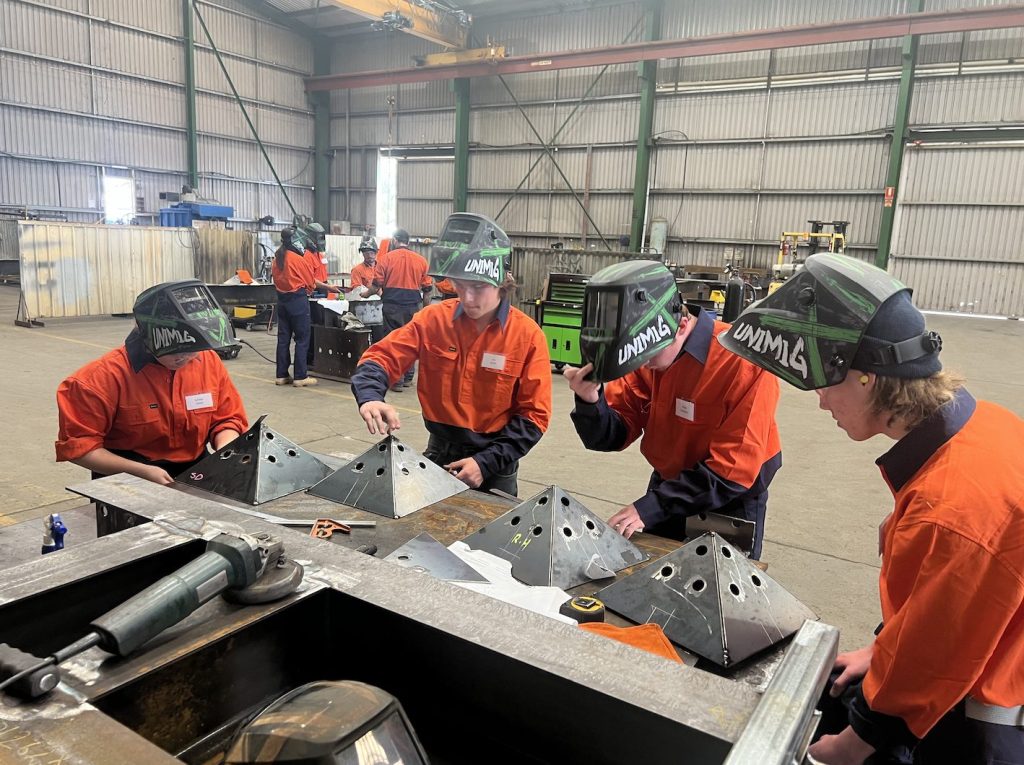
Overcoming the skills shortage
As more experienced tradespeople are reaching retirement age without the same number of new apprentices coming through, the steel industry is experiencing a growing labour shortage. The goal of the Flash Starts Program was to bridge the skills gap, driving the entire industry forward.
With many high school students still unsure of what they want to do after they graduate, the Flash Starts Program aimed to capture that pool of potential apprentices and spark their interest in the steel industry, by showcasing the large-scale projects that the company works on.
Daniel said, “A lot of the kids in our local area wouldn’t have a clue what it is we do. They might walk past our facility every day, but not be aware of the type of work going on inside. Until they experience it, kids don’t understand the type of job satisfaction they might enjoy in the fabrication industry.”
And by opening up career pathway opportunities, Belmore Engineering landed three new apprentices from the program. “We found that the calibre of apprentices we landed as a result of the Flash Starts Program was high because they had an understanding of the fabrication trade,” Daniel said.
“They hadn’t been told by their school, or by their Mum and Dad, that they had to get a job or a trade. Instead, we found apprentices who were genuinely interested and passionate about the trade. This means that they have the right attitude and approach – their heart is in it so they excel and take on bigger challenges.”
“There are a lot of high schools kids who know that they are going to do a trade or go to university. But there is a bigger pool of kids who just aren’t sure what they want to do. The Flash Starts Program was about trying to capture that pool—to spark their interest.”
Project profile: Western Sydney Airport
Belmore Engineering was commissioned by Multiplex Constructions to supply and erect structural steel for the construction of Western Sydney International Airport.
Belmore is engaged in multiple aspects of the airport’s construction, including delivering and installing structural steel for seven fixed link bridges (1,200 tonnes), baggage handling (1,100 tonnes), and the terminal roof skylights and pop ups (80 tonnes).
Construction of Western Sydney International Airport is currently underway and on track to begin operations in 2026. With Sydney’s aviation demand set to double over the next 20 years, the airport will help Sydney to meet this demand.Once complete, the airport will operate curfew free to deliver international, domestic and freight services.
In addition to meeting Sydney’s growing aviation needs, this project will generate significant economic activity and provide employment opportunities closer to home for people in the western Sydney region.
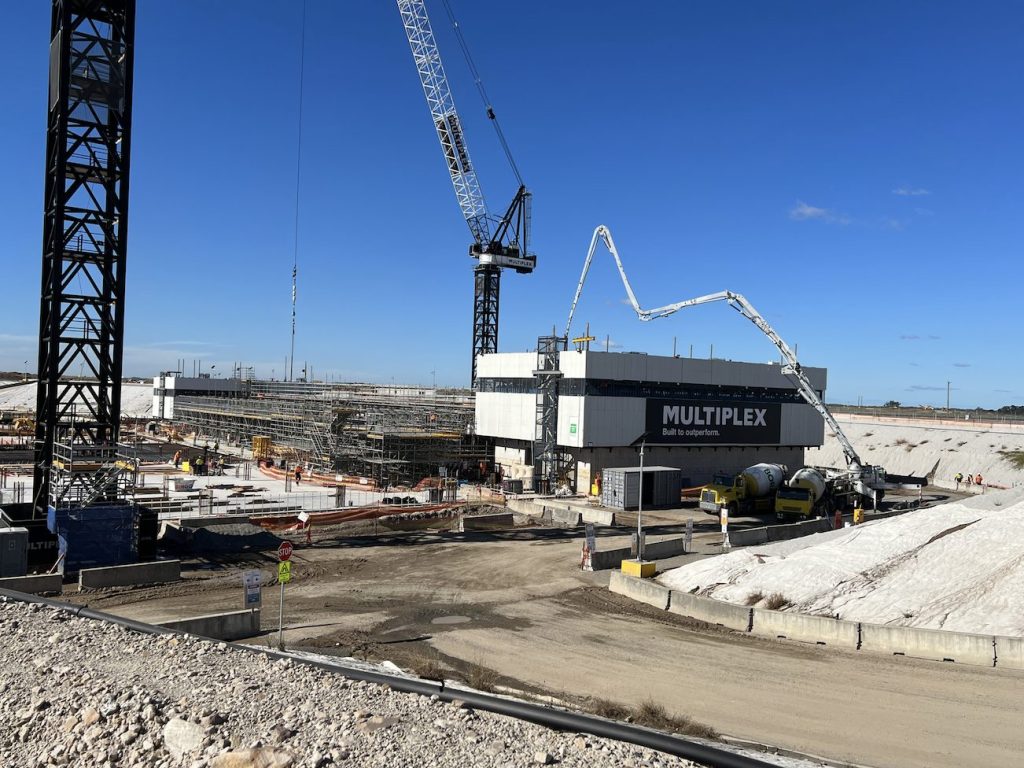
A growth mindset for the future
While the Belmore Engineering team is excited about the future of the Australian steel industry, the challenge is to attract and retain talented staff in order to make the most of opportunities as they arise.
Daniel said, “There are so many opportunities in the steel industry at the moment. We’re turning work away because we don’t have the capacity. The work is there. The issue is finding the labour. There is so much room for the Australian steel industry to grow. Our governments need to support Australian businesses to expand to keep products like steel manufactured locally.”
Even though the company is currently operating at capacity, they have their eyes set firmly on the future – with aspirations to expand and become more efficient. This means investing in more CNC technology and other innovations so they can take on more work with the staff that they have.
It is a testament to Belmore Engineering’s culture and environment that so many of their employees stay with the business long-term, some for more than 20 years. Daniel said, “In light of the skills shortages, David our MD and the business as whole, has done an incredible job of retaining team members that have the company’s best interests at heart.”
Project profile: Shell House
Sydney’s Shell House is a 1930s commercial palazzo-style heritage building in the heart of the CBD, formerly owned by Shell Oil Company. Taylor Thomson Whitting (TTW) and Multiplex devised a unique temporary works solution used for Brookfield Properties’ redevelopment of Shell House: an intricate bracing and propping design that enabled the building’s 400 tonne heritage clock tower to be suspended over the live construction site during restoration.
The solution also allowed bracing of the 65.5m heritage facade while Shell House was completely gutted and upgraded, including demolition of its structural system. TTW created a comprehensive support structure made from bracing, columns, and beams, with Multiplex providing numerous sequence and methodology revisions driving and refining the design.
Belmore Engineering supplied and installed 2,400 tonnes of permanent and temporary structural steel to make this innovative project possible. Steel was used to construct temporary stability core in the building’s lightwell, and connect this to support columns for the clocktower while a 380 tonne permanent reinforced concrete transfer structure was constructed beneath.
The unique propping design suspended the clock 55m above ground as the works were successfully carried out below.
